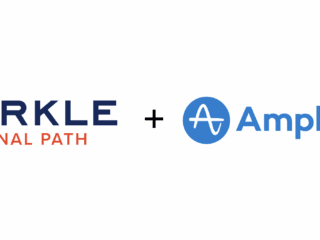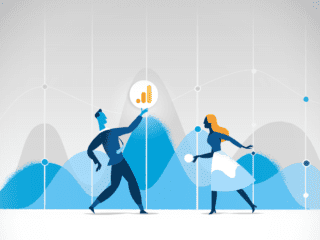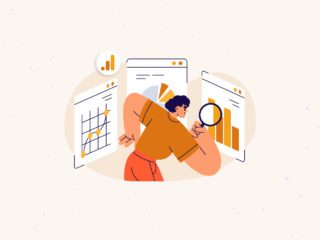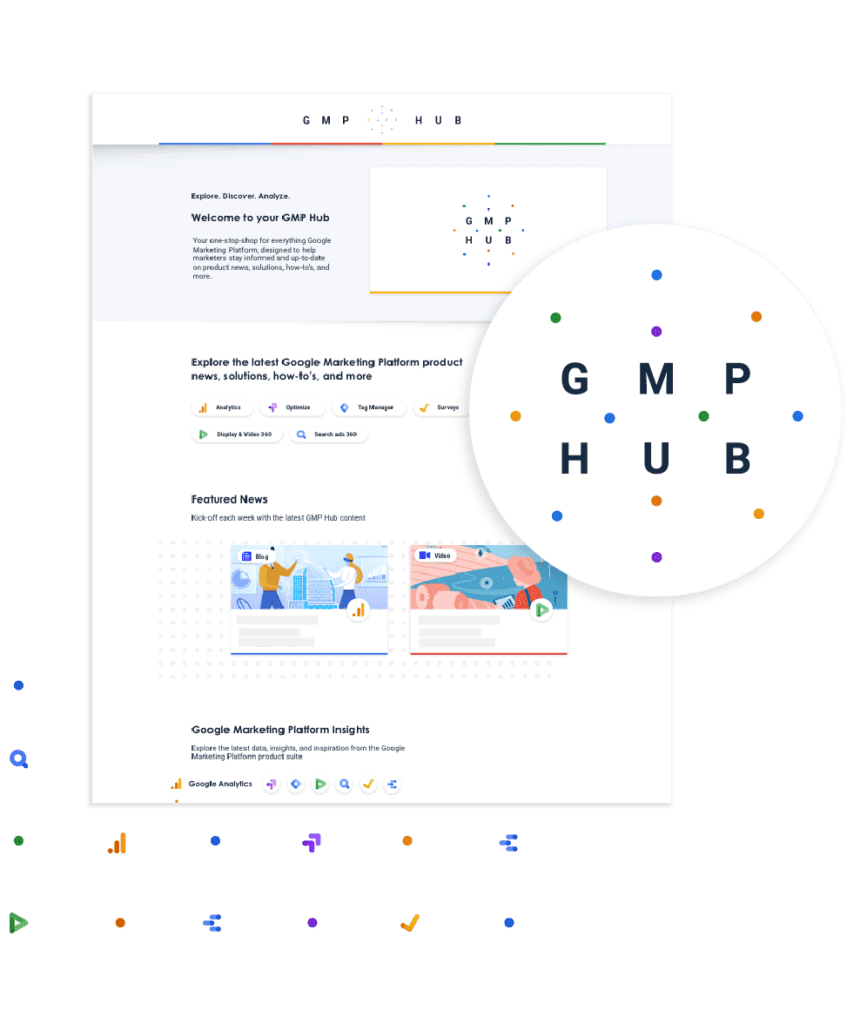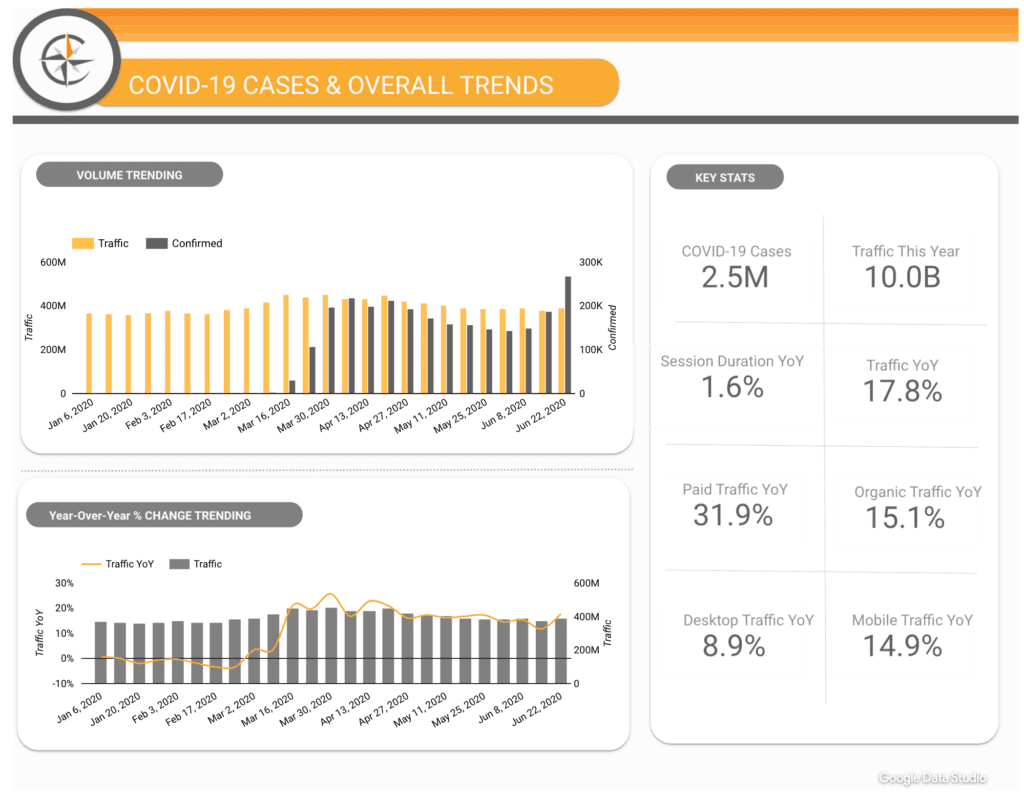Rethinking the Customer Data Platform
Customer Data Platforms (CDPs) were built to bring all your customer data together so you could personalize experiences and improve engagement. But let’s be real: traditional CDPs are starting to feel outdated. Most businesses today already use robust tools like cloud data warehouses, so why juggle a second system just to get your customer data working?
What Makes a CDP?
Traditional CDPs typically include the following core components:
- Data Ingestion: Collecting data from multiple sources like websites, mobile apps, CRMs, and email platforms.
- Identity resolution: Combining and deduplicating data to create a single customer profile.
- Segmentation: Grouping customers based on shared characteristics or behaviors.
- Activation: Pushing data to downstream tools like ad platforms, email marketing systems, or analytics tools.
While traditional CDPs have been instrumental in driving customer-centric strategies, they often come with limitations and challenges especially for businesses that rely on complex tech stack, unique business cases, or data ownership.
Why Traditional CDPs Don’t Cut It Anymore
Let’s face it, traditional CDPs try to do too much. They store data in closed systems, often becoming a second source of truth that competes with your data warehouse. That means duplication, version mismatches, and governance headaches.
They’re also rigid. Trying to link users to offline actions, multiple devices, or predictive models? Good luck. You’re stuck conforming to someone else’s schema.
Traditional CDPs were designed as all-in-one solutions, bundling all these features into a single product. While this approach simplified initial setup, it often led to several limitations:
- Data Silos (multiple sources of truth): Traditional CDPs create a separate data repository, leading to data duplication and inconsistencies.
- Limited Flexibility: They impose a rigid data model, making it difficult to adapt to unique business needs.
- High Costs: Businesses often pay for features they don’t need.
- Slow Implementation: Deploying and customizing traditional CDPs can be time-consuming.
- Data Ownership: With a traditional CDP, all your customer data is stored and managed by the CDP provider on their servers. This means you’re relying on their infrastructure and security measures. On the other hand, with a composable CDP, your data stays in your own data warehouse, such as BigQuery. This gives you full control over your data, allowing you to leverage existing infrastructure, maintain ownership, and apply your own security and compliance standards.
That’s where Composable CDPs come in. Instead of starting from scratch or duplicating your infrastructure, a composable approach builds on what you already have. Think of it as adding smart tools on top of your data warehouse, like Google BigQuery, to make your customer data useful, fast.
What Is a Composable CDP: In Plain Terms?
At its core, composable CDPs are a modern, modular way to work with customer data. Instead of cramming all functionality, data collection, identity resolution, audience segmentation, and activation, into a single bloated platform, they provide a set of modular components that allow businesses to “compose” their own stack where everything runs directly from your data warehouse. This approach offers flexibility and scalability, making it ideal for companies leveraging their own data warehouse and maintaining a single source of truth.
At its core, a composable CDP relies on APIs and integrations to connect disparate systems. It doesn’t store data itself but instead orchestrates the flow of information between existing tools.
At its core, a Composable CDP is a modern, modular way to work with customer data. Instead of cramming all functionality, data collection, identity resolution, audience segmentation, and activation, into a single bloated platform, a composable CDP lets you plug in only the pieces you need. And the best part? Everything runs directly from your data warehouse.
Here’s what it typically includes:
- Data Collection (if you need it)
- Identity Resolution
- Audience Segmentation
- Activation using Reverse ETL
- Measurement & Personalization APIs
With this flexible setup, you’re free to pick best-in-class tools for each piece—no more one-size-fits-none platforms.
Hightouch: A Real-World Example of a Composable CDP
If you’re wondering how this works in practice, take a look at Hightouch, a leading composable CDP solution.
Rather than replacing your data warehouse, Hightouch acts as a bridge. It integrates directly with platforms like BigQuery, allowing your marketing, sales, and customer teams to access clean, modeled data without moving it elsewhere.
How Hightouch Works with BigQuery
- Build audiences directly in BigQuery using SQL or visual tools
- Use Reverse ETL to sync those audiences to over 200+ destinations like Google Ads, Meta, and Salesforce
- Handle identity resolution inside BigQuery, no exporting required
Everything stays inside your environment, ensuring speed, security, and simplicity.
Reverse ETL: The Engine Behind Composable CDPs
Reverse ETL is the “missing link” that traditional CDPs never quite got right.
While ETL pipelines bring data into the warehouse, reverse ETL pushes it out, to the tools your teams actually use.
With Hightouch, reverse ETL jobs:
- Are easy to set up (even with SQL or drag-and-drop)
- Run on schedules or real-time triggers
- Include built-in observability and governance
This lets your marketers act on fresh, governed data, no engineering bottlenecks, no waiting.
Unifying Customers with Identity Resolution
Hightouch also offers identity resolution, the secret sauce behind a true 360° customer view.
By stitching together identifiers (like email, device ID, CRM ID, and more) right in your warehouse, you can create rich, unified profiles. You’re not exporting anything or working in silos, it’s all warehouse-native.
Add custom traits like:
- Propensity scores
- Lifetime value
- Online + Offline activity
- Behavioral and transactional data
This unlocks advanced segmentation and personalization, all without waiting on IT or vendor updates.
Composable vs. Traditional CDPs: A Quick Comparison
| Feature | Traditional CDP | Composable CDP |
| Architecture | Monolithic | Modular |
| Data Storage | Proprietary | Your warehouse |
| Flexibility | Rigid schemas | Schema-agnostic |
| Costs | High, bundled | Pay-as-you-go |
| Implementation Time | Months | Weeks (or less) |
| Data Access | Limited | Full, real-time |
The Business Impact of Going Composable
When teams switch to a Composable CDP model, the results are immediate:
- Launch campaigns faster, sometimes in days, not months
- Improve audience targeting with richer, warehouse-modeled profiles
- Drive better engagement and conversions with personalized outreach
- Cut dev time, no more building and maintaining complex sync scripts
- Reduce costs by ditching redundant storage and bloated tools
By keeping data where it belongs, in your warehouse, you get faster results, better control, and more secure operations.
Why It’s a No-Brainer for Google Cloud Users
If you’re already in the Google Cloud ecosystem, the value multiplies:
- BigQuery becomes your single source of truth
- Hightouch connects effortlessly with BigQuery using native SQL
- No need to move data or pay to store it twice
Final Thoughts
Composable CDPs aren’t just the future, they’re what forward-thinking teams are using right now. They give you the flexibility, speed, and control that traditional CDPs simply can’t.
And with platforms like Hightouch, you can tap into your existing data warehouse to create smart, secure, and personalized customer experiences, without the overhead or vendor lock-in.
It’s not about buying another platform. It’s about finally making your data work for you.
Author

Ahmed Awwad is a director of analytics implementation, with over 23+ years of experience in web technologies, digital marketing, and digital analytics. He specializes in crafting data-driven strategies that deliver measurable impact. He has led analytics implementations for Fortune 500s, global brands, and government agencies, combining deep technical expertise with a strategic mindset. He brings extensive experience in building and mentoring global teams and staying ahead of emerging trends to drive innovation and scalable growth.
View all posts




